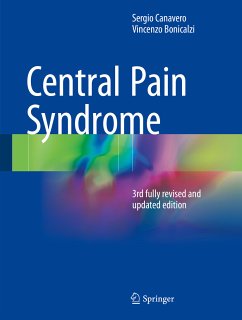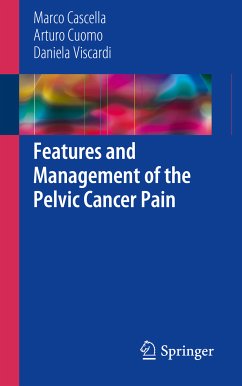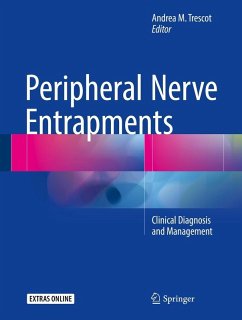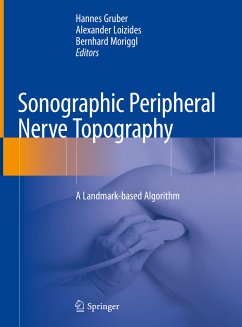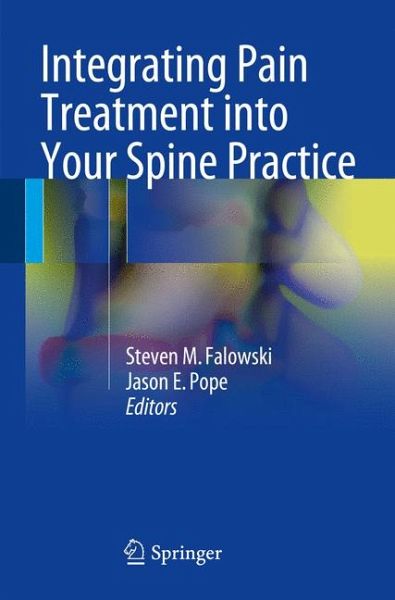
eBook, PDF
Integrating Pain Treatment into Your Spine Practice (eBook, PDF)

PAYBACK Punkte
36 °P sammeln!






Integrating Pain Treatment into Your Spine Practice (eBook, PDF)
Dieser Download kann aus rechtlichen Gründen nur mit Rechnungsadresse in A, B, BG, CY, CZ, D, DK, EW, E, FIN, F, GR, HR, H, IRL, I, LT, L, LR, M, NL, PL, P, R, S, SLO, SK ausgeliefert werden.
Dr. Falowski is Director of Functional Neurosurgery at St. Lukes University Health Network in Bethlehem, PA with a practice involving spinal procedures, as well as neuromodulation. He trained in complex spinal procedures at Thomas Jefferson University, as well as completed a functional fellowship at Rush University. He is faculty of both Congress of Neurological Surgeons and American Association of Neurological Surgeons, as well as a board member of the CNS/AANS Pain Committee. He is on the board of directors for the North American Neuromodulation Society(NANS) as well as scientific program chair for the annual meetings. His major focus in society and industry revolves around education, integration of specialties, and practice management. He is the course director of the annual NANS spinal cord stimulation/neuromodulation workshop that is the largest international course available and brought to the forefront the integration of neuromodulation among various specialties including Pain, Neurology, and Neurosurgery. He also serves as course director for educational offerings across multiple surgical and pain societies including course director of the AANS workshop focusing on integrating pain therapies in spine practices. Dr. Pope is the President of Summit Pain Alliance in Santa Rosa, California. He serves the North American Neuromodulation Society (NANS) as a Director-at Large, Membership Committee Chair, Advocacy and Policy Committee Co-chair, and is the Annual Meeting Co-Chair for the upcoming 2017 meeting. He completed an Anesthesiology Residency at Vanderbilt University Medical Center and went on Fellowship in Pain Medicine at the Cleveland Clinic. Following Fellowship, he advocated for pain care access and therapy as a congressional fellow to a member of the House of Representatives Energy and Commerce Sub-committee on Health Dr. Pope is also engaged as the Co-Chair for the Special Interest Group in Neuromodulation for the American Society of Regional Anesthesia (ASRA). Further, he is the Committee Chair for CME and Education for the International Neuromodulation Society (INS), working on efforts to improve global exposure to pain treatment and neuromodulation techniques. Focused on education, Dr. Pope is centered on improving outcomes and safety. He is well published in peer-reviewed journals, authored many chapters, textbooks and atlases, while presenting at regional, national, and international meetings. Working foundationally on comprehensive workshops for fellows, residents, and physicians in practice, both domestically and internationally, Dr. Pope and his colleagues are working towards an improved neromodulation space.
Produktdetails
- Verlag: Springer International Publishing
- Seitenzahl: 256
- Erscheinungstermin: 8. April 2016
- Englisch
- ISBN-13: 9783319277967
- Artikelnr.: 44883056
"Integrating Pain Treatment Into Your Spine Practice is a novel and unique book that fills a longstanding need for a reference on how to combine the business and management aspects with the scientific, evidence-based component of pain care in a spine practice. The book is superbly organized, well thought out, comprehensive, easy to read and carries the depth of knowledge needed to start bringing pain care practice into your spine practice. Content is written by the field leaders and presents the most up-to-date and highest level of evidence available for each topic. The editors are national and international authorities on this timely subject and they present their unique experience in building such as practice that is both efficient and clinically excellent. This book should be in the immediate access library of all spine practitioners as well pain management practitioners." (AANS/ CNS Section on Pain, painsection.org, August, 2016)
Für dieses Produkt wurde noch keine Bewertung abgegeben. Wir würden uns sehr freuen, wenn du die erste Bewertung schreibst!
Eine Bewertung schreiben
Eine Bewertung schreiben
Andere Kunden interessierten sich für





